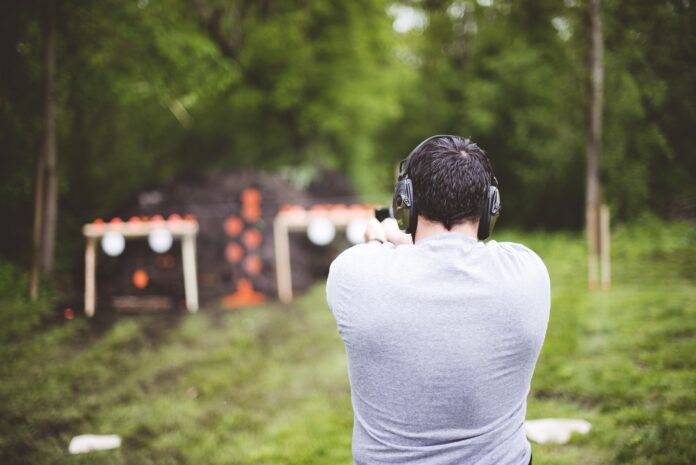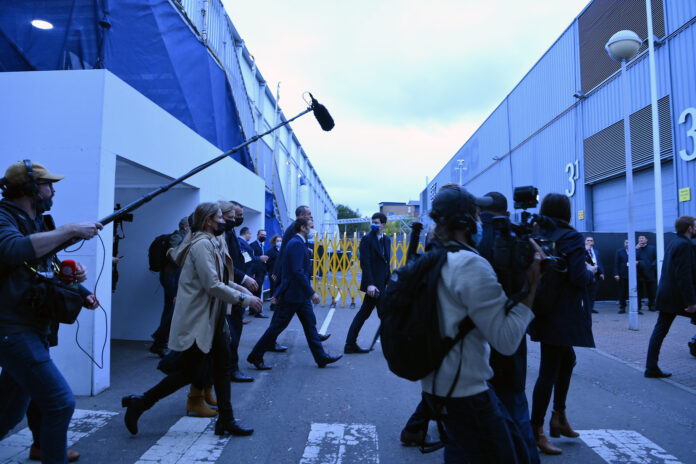South Korea’s prominent opposition party leader, Lee Jae-myung, faced a critical incident during his visit to the southern port city of Busan. He was attacked and stabbed in the neck by an unidentified assailant on Tuesday. This shocking event has significant implications for executive protection professionals, highlighting the ever-present political and public figure protection risks.
Unforeseen aggression of Lee Jae-myung in a public setting
Lee Jae-myung, while engaged in an active tour and speaking to reporters, was unexpectedly assaulted. The attack, carried out by an assailant whose motives are currently unknown, resulted in Lee being urgently airlifted to a hospital for treatment. Notably, Lee Jae-myung is the leader of South Korea’s left-wing opposition, the Democratic Party, and this incident occurred ahead of the country’s parliamentary elections scheduled for April, indicating the potential for political motivations behind the attack.
Critical care and investigation
Following the incident, Lee Jae-myung was conscious and received prompt medical attention, being transported to Seoul National Hospital. The current condition of Lee is a critical point of focus, alongside the ongoing investigation into the assailant’s identity and motive. This incident has thrown South Korea’s political landscape into flux and raised pertinent questions about the adequacy of existing security arrangements for political leaders and public figures.
Rethinking security in high-risk environments
For professionals in executive protection, this incident emphasizes the importance of continuous risk assessment and the implementation of stringent security protocols, even during seemingly routine public engagements. In a public setting, Lee Jae-myung’s unanticipated attack serves as a stark reminder of the vulnerability high-profile individuals face and the need for comprehensive protective measures.
Assessing and mitigating risks
In addition to physical security, executive protection involves a broad spectrum of risk assessment and mitigation strategies. This includes understanding the political climate, the potential for civil unrest, and specific threats to the individual being protected. The attack on Lee Jae-myung demonstrates the need for a multi-faceted approach to security, incorporating intelligence gathering, surveillance, and close cooperation with local law enforcement agencies.
More than this, this incident highlights the importance of advanced training for executive protection personnel. Teams must be prepared for various scenarios, from sudden physical attacks to more sophisticated threats. Training in emergency response, crisis management, first aid, and the ability to quickly adapt to changing situations is crucial. Advancements in technology also play a pivotal role in executive protection. Surveillance equipment, communication tools, and data analysis can provide critical insights into potential threats. However, reliance on technology must be balanced with human judgment and experience, ensuring a holistic approach to security.
Political tensions and security challenges
Furthermore, the attack on Lee Jae-myung occurs in a broader context of rising political tensions in South Korea and globally. As political landscapes become increasingly polarized, the risk to public figures escalates correspondingly. This necessitates a proactive approach to security, where potential threats are anticipated and mitigated before they materialize.
The incident involving Lee Jae-myung is a valuable lesson for executive protection professionals. It reinforces the need for continuous evaluation and improvement of security protocols. Future directions in this field involve greater integration of technology, enhanced training focusing on unpredictability, and a deeper understanding of the sociopolitical factors that influence security risks.
Collaboration among security agencies, private security firms, and international organizations is vital in addressing the evolving nature of threats. Sharing information and best practices can lead to more effective protection strategies and a unified approach to securing high-profile individuals.
Conclusion
The stabbing of Lee Jae-myung is a significant event with far-reaching implications, particularly for those involved in executive protection. It highlights the unpredictable nature of threats facing public figures and the critical need for robust, adaptable security strategies. As professionals in this field, there is a continuous obligation to evaluate and enhance protective measures to mitigate such risks effectively.








